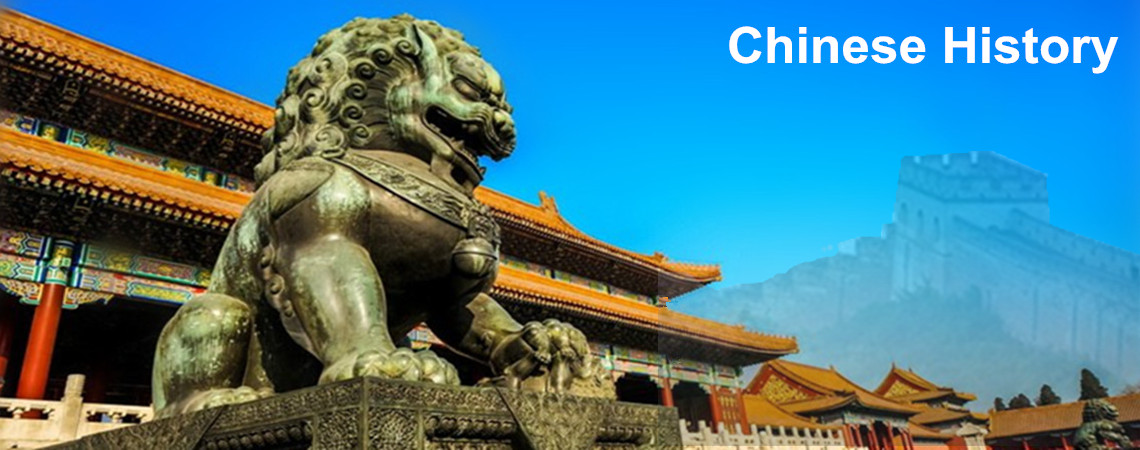
End of the Tang Dynasty
In 873, Emperor Xizong was enthroned. In his reign, people all lived in starvation due to the weak national economy and serious natural disaster.Under this circumstance, peasant uprisings appeared in succession. Among them, Huang Chao Uprising was the most influential one. In 875, leading a group of thousands of soldiers, Huang Chao launched the uprising. In 881, the uprising army temporarily captured Chang'an (currently Xian) where Huang Chao proclaimed himself emperor and hurriedly established a regime called 'Da Qi'.
In this process, a man named Zhu Wen appeared in the historical stage. He joined Huang Chao Uprising in 877. After Huang Chao set up the regime, Zhu Wen was appointed as a military general. Later, Zhu Wen, along with another military leader of 'Da Qi' Li Keyong, submitted to the fleeing Tang Dynasty. After being assigned as military officers by Tang court, Zhu Wen and Li Keyong allied together to fight against Huang Chao's army. In 884, Huang Chao Uprising was finally defeated. However, the fate of the Tang Dynasty did not show any turn for the better.
After the downfall of the uprising, several large military areas were formed. Li Keyong occupied the Yellow River basin; Li Maozhen occupied Fengxiang area (currently Fengxiang County in Shaanxi Province); Zhu Wen occupied Biansong area (near current Kaifeng City in Henan Province). The real territory governed by Tang court was only ten states or so.
In 888, the last emperor but one, Emperor Zhaozong ascended the throne and kept the regime existing in name. Because of Zhu Wen's loyal behaviors, Emperor Zhaozong granted him the name Zhu Quanzhong (meaning completely loyal to the court) in 889. In 901, Zhu Wen was given the title of king of Liang, with his military force increasingly strengthened.
At that time, Zhu Wen and Li Maozhen both had the ambition to usurp the Tang regime. In order to compete for controlling Emperor Zhaozong, battles broke out between Zhu and Li. Before long, Li Maozhen colluded with eunuchs, seized Emperor Zhaozong and brought him to Fengxiang. Soon later, Zhu Wen led his army into encircling Fengxiang. Since Zhu's military advantage, Li Maozhen had to make peace with him.
In 903, under the 'protection' of Zhu Wen, Emperor Zhaozong returned to capital Chang'an. The next year, Zhu forced the emperor to move the capital city to Luoyang. Later, Zhu Wen killed Emperor Zhaozong and put Li Zhu to the throne as Emperor Ai (the last emperor of the Tang Dynasty). In 905, for the purpose of sweeping away all the political enemies, Zhu demoted many officials, cruelly killed them at Baima Yi (in current Henan Province) and threw all the corpses into the river. This incident was called 'Baima Yi Disaster' in Chinese history.
In 907, Zhu Wen forced Emperor Ai to abdicate and then he ascended to the throne, changed the national title to Liang and moved the capital city to Kaifeng. That was the end of the Tang empire.






 Ask Questions ?
Ask Questions ?